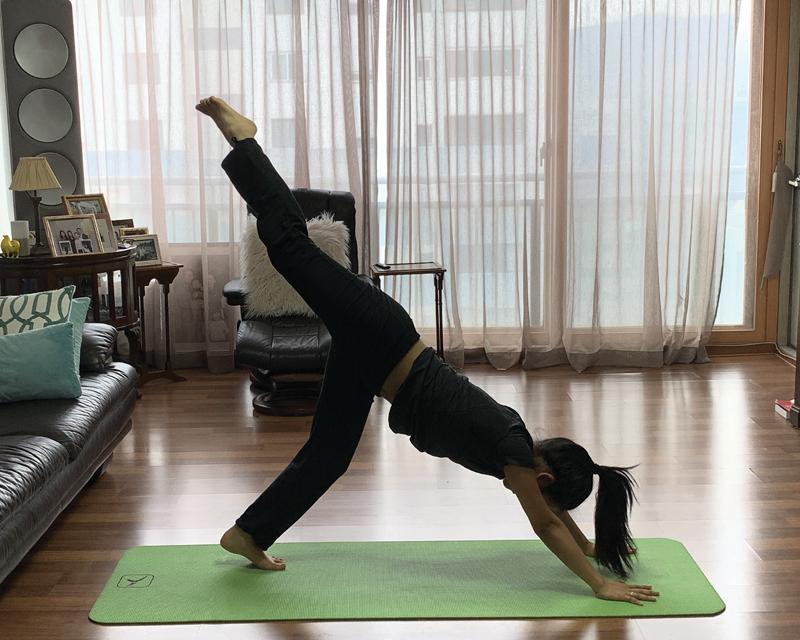Amid the growing concerns regarding the rapid spread of the novel coronavirus (COVID-19), SIS officially commenced online classes on Feb. 25. For the first two weeks of virtual learning, students enrolled in sports courses had to film a 30-minute video of themselves exercising and upload the video onto Google Classroom. Then, their sports teachers would give individual feedback on each video. After several classes, however, the system was changed so that teachers and students can have live workout sessions through group video calls.
“In my opinion, the task of making 30-minute exercise videos was manageable,” said Eileen Kwon (12), Advanced Sports and Recreation student. “Still, I think that the new system is more efficient and engaging than the first one. I consider it a good substitute for regular sports classes since it helps us stay active over this sudden extensive break from school.”
Under this new system, students are expected to watch and follow instructional YouTube videos while being monitored by their teachers, who give them feedback when necessary. Given the limited amount of space and resources, virtual sports classes are mostly centered around exercises that do not require special equipment. From high-intensity interval to pilates, students perform a variety of exercises designed to improve their fitness.
“Since there is a different theme for each class, students can improve focus on specific areas at a time,” said Yenna Ko (9), Life Sports student. “I especially enjoyed the pilates session we had recently because it was relaxing and easy to follow. I also find it helpful to be able to converse with my teacher in real-time because it helps me correct my form and motivates me to push myself further.”
Though it is a feasible and reasonable alternative under current circumstances, the online system nevertheless has its disadvantages. Not only is it impossible for students to engage in team sports, but there is also a lack of socialization among classmates due to the restrictive nature of video calls. Additionally, students have a smaller range of options to explore since they are confined within their homes.
“Though the online system is working out well, I prefer real-life classes as I like to feel part of the class by interacting with the students in a much more natural setting,” said Ricky Green, high school PE teacher. “In general, the students have done a great job with regards to adapting to virtual learning, but some have found it very lonely exercising by themselves. I hope students can appreciate that when life throws you a curveball, exercise makes you happier, helps you sleep better, and increases productivity.”

